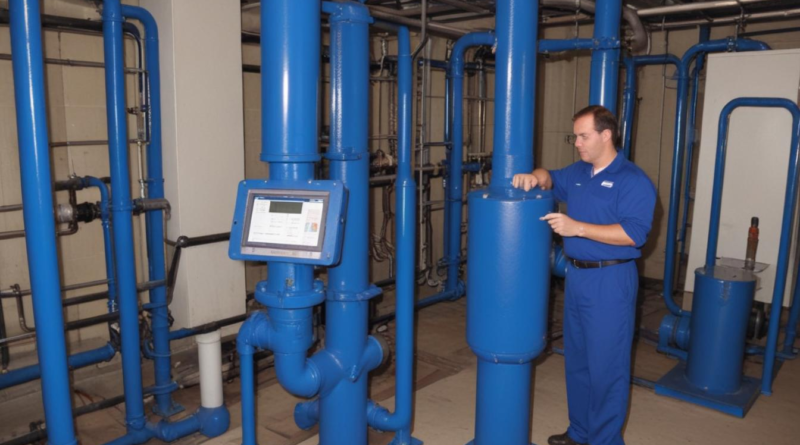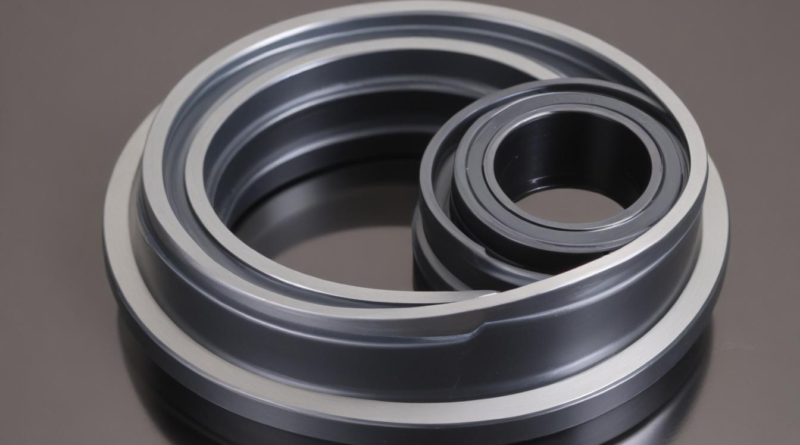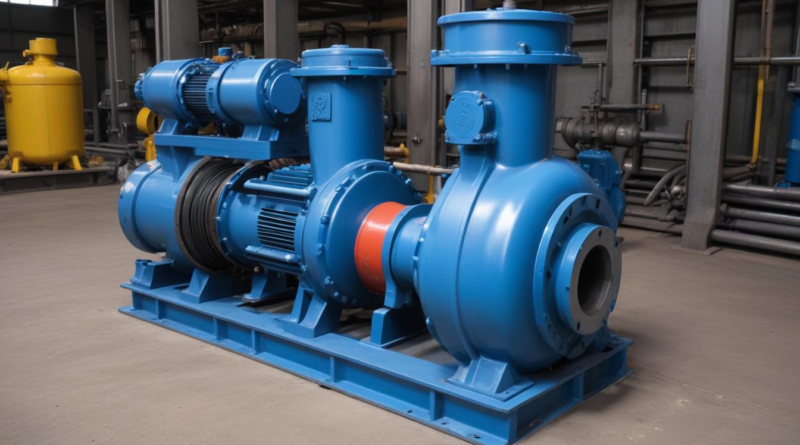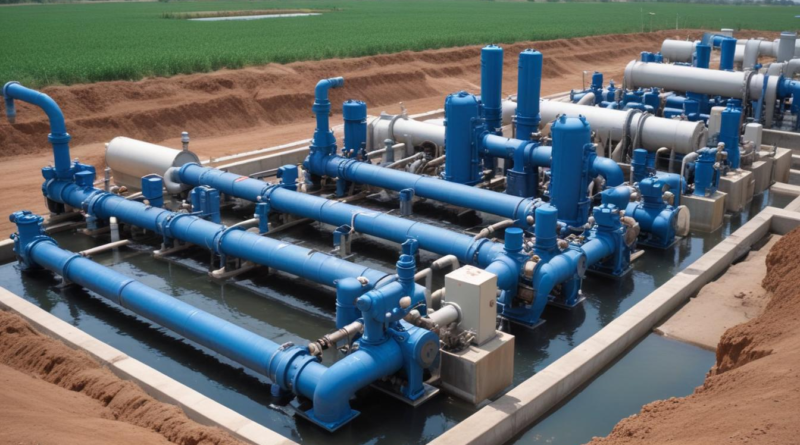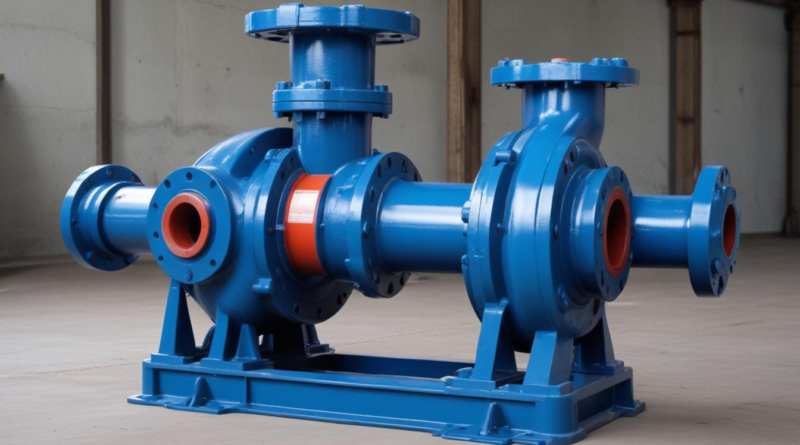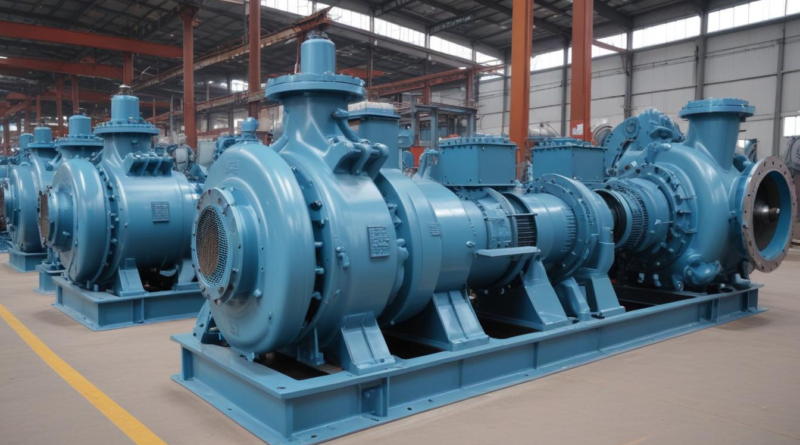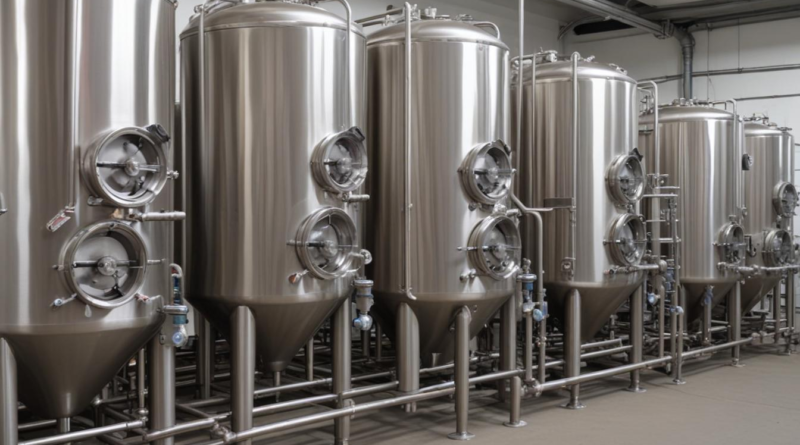how to perform pump system audits
Effective pump system audits ensure optimal fluid movement and system reliability. Understanding key components like pumps, motors, and valves, along with systematic planning and thorough inspections, enables the identification of inefficiencies and performance enhancements. Advanced data analysis and structured reporting support informed decision-making, driving continuous improvements and maintaining compliance with industry standards. This comprehensive approach not only prolongs equipment lifespan but also enhances overall operational excellence.
Read More
